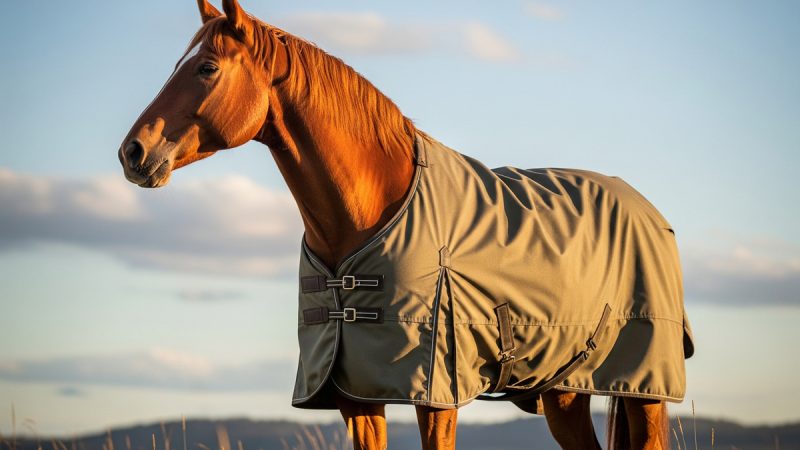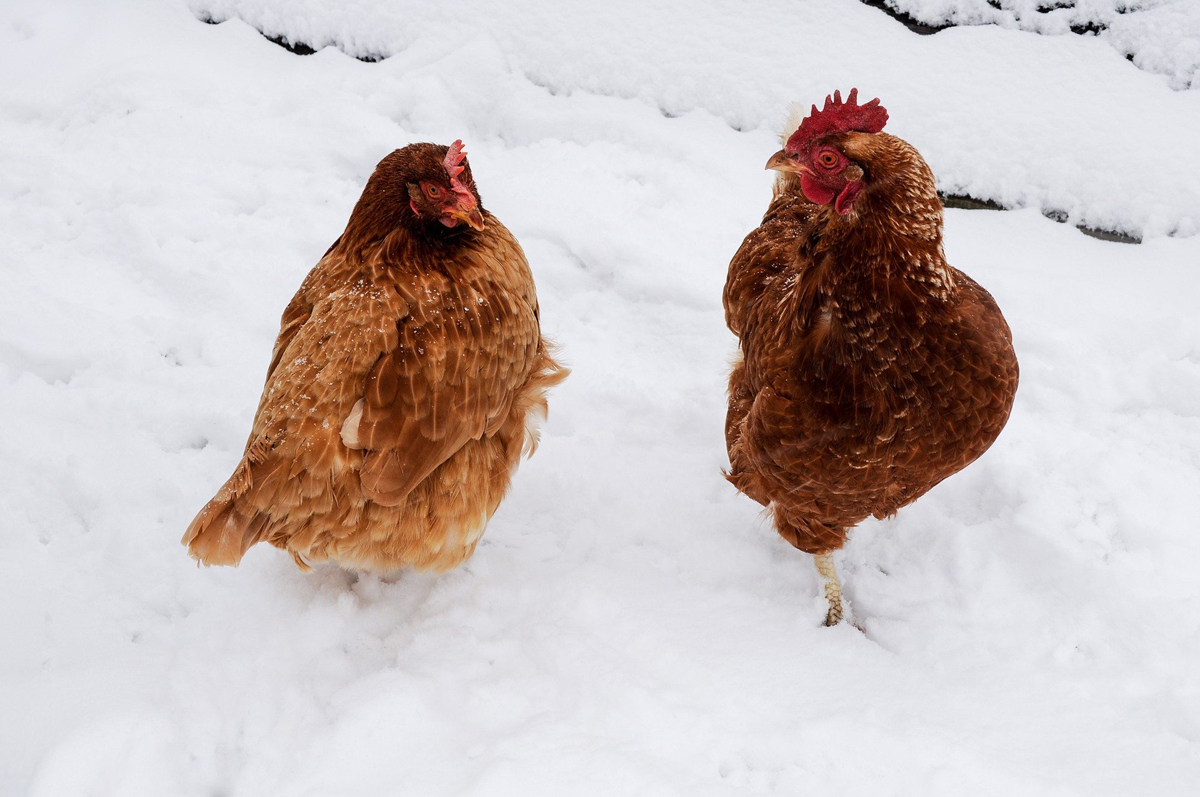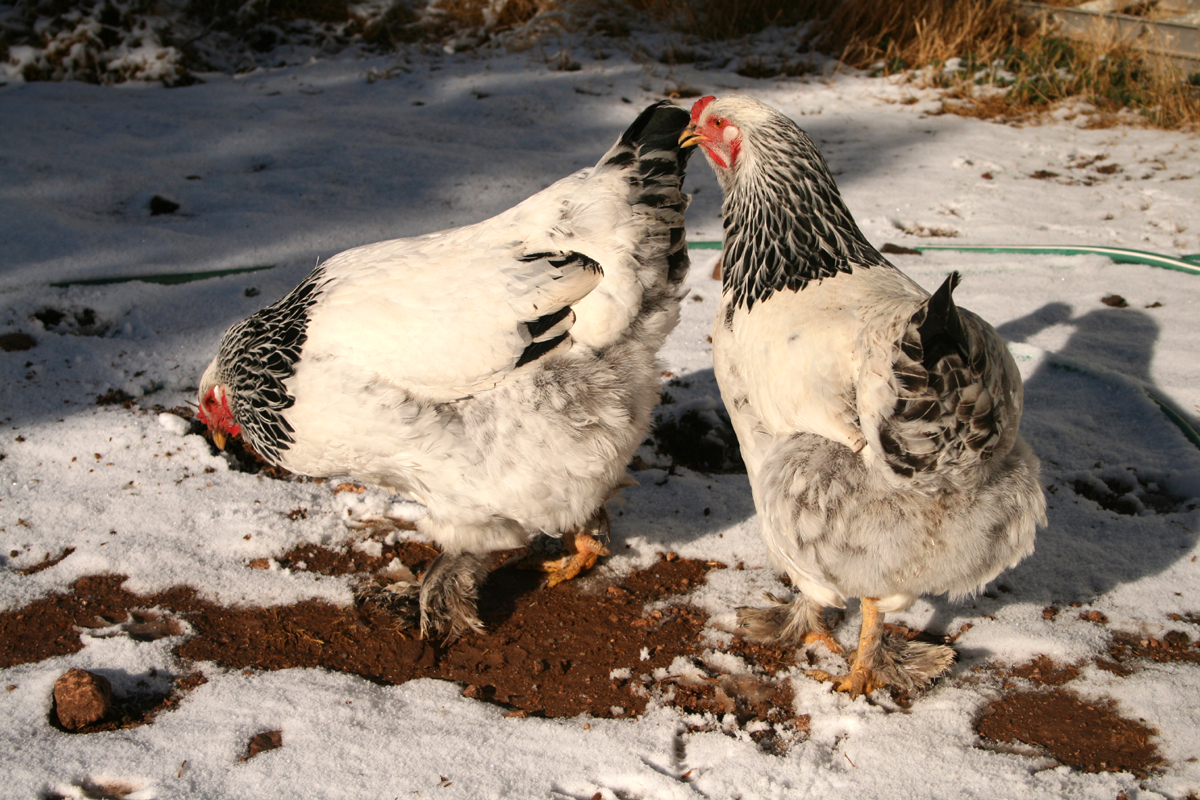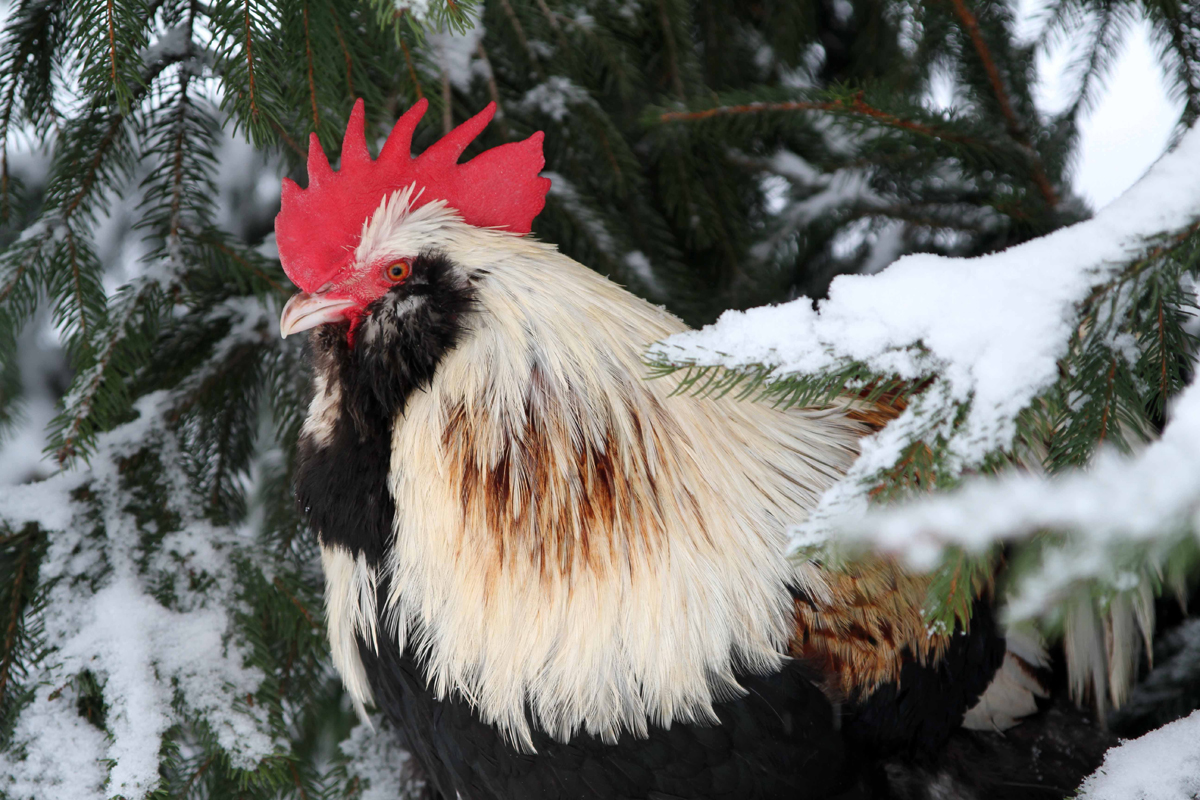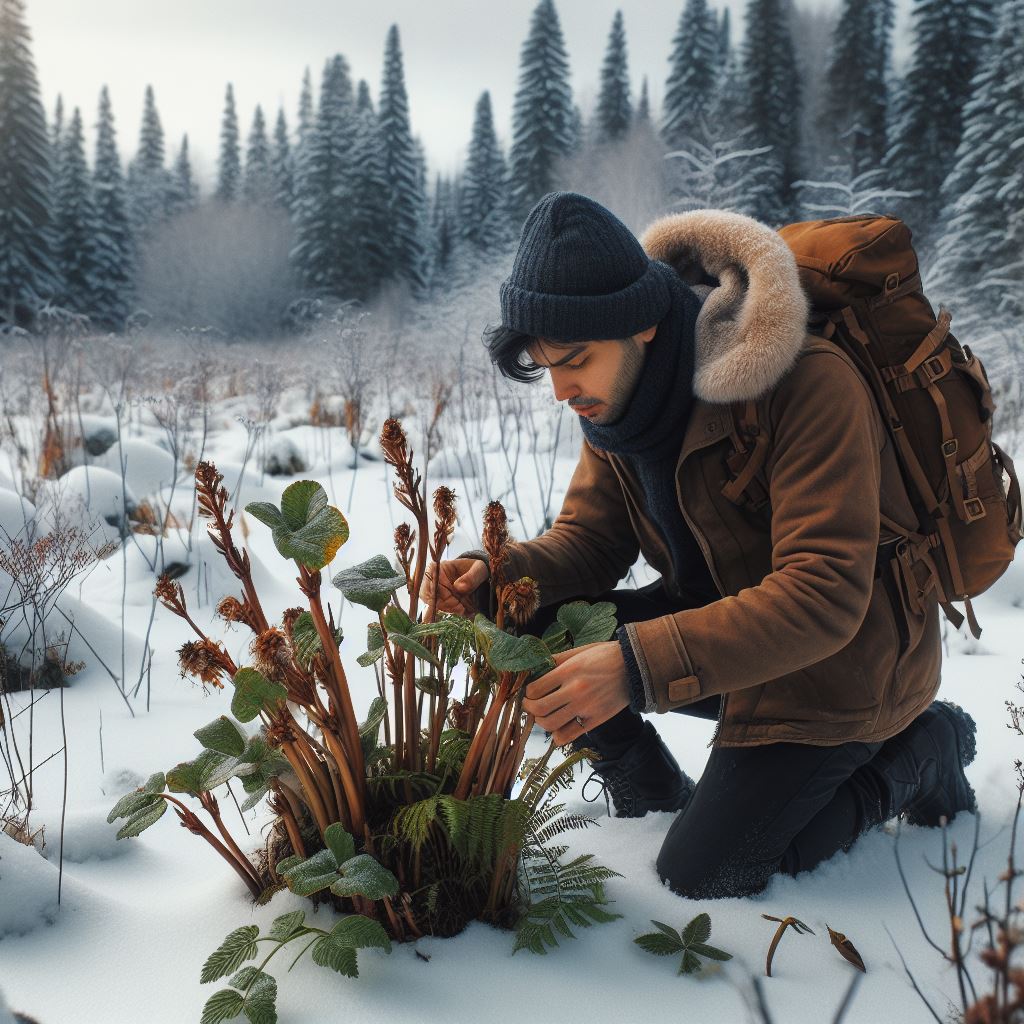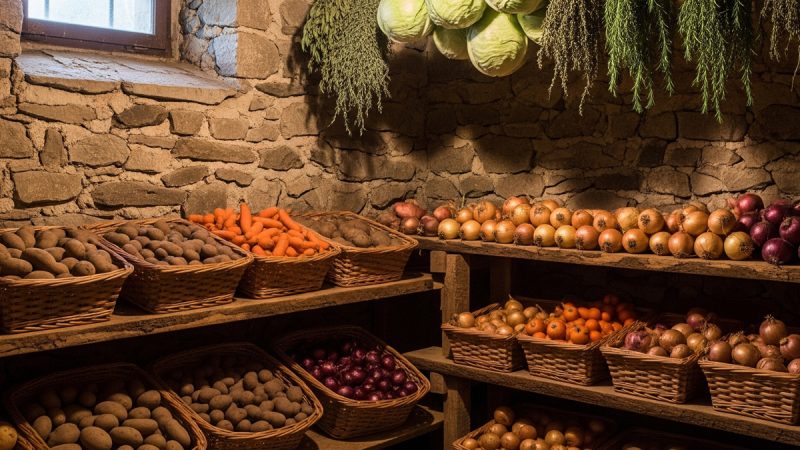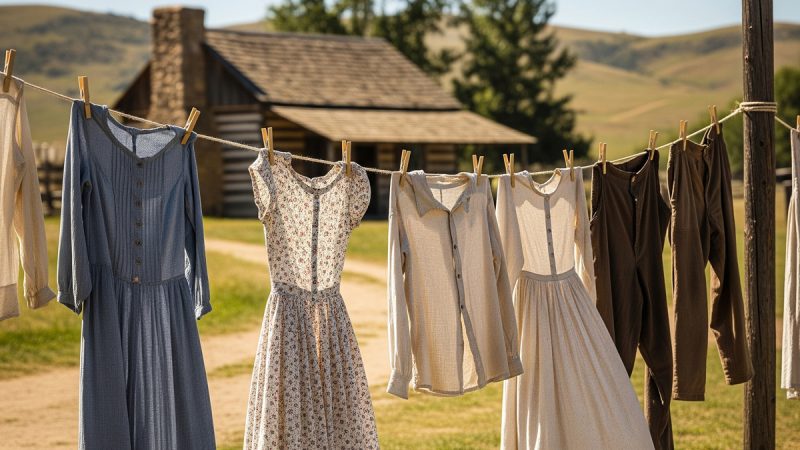Old Country Home
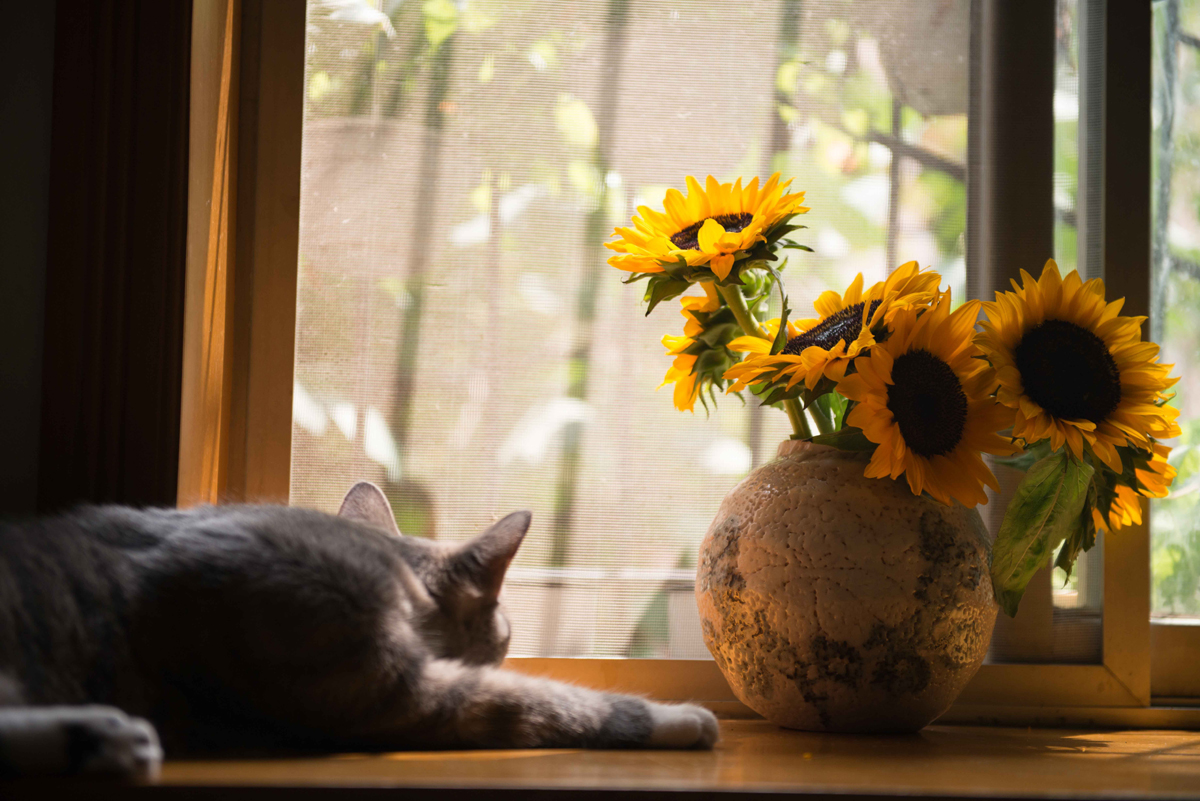
When we were just tiny toddlers, my older brother and I hopped into our parent’s old Nash automobile so excited about visiting our grandparents in the country. The drive from Corpus Christi to San Antonio brings back some of the most yearned for memories of my life; a simpler, less complicated time in life that I can go back to and take refuge.
My dad, always thinking ahead, had prepared child-sized, home-made “facilities” for use on our road trip. Since gas stations were few and far between, he handed me a small red Folger’s coffee can with a lid and my brother a small glass coke bottle. This little accommodation became a family tradition for road trips back in those days.
Mom packed a large brown grocery bag full of sandwiches and cookies wrapped in waxed paper along with a gallon of iced tea in a clear glass milk jug. Ice chests were still a decade away and so was the technology for plastic baggies. There was no air conditioner in the old Nash so we traveled with the windows open, heads and hands flailing in the breeze (seatbelts hadn’t been invented yet). Dad filled up at a “full-service gas station” for twenty-two cents a gallon (which is sadly extinct now, along with glass gallon milk jugs.)
“San-An-Toni, An-Toni-Oh;
She hopped upon a pony, and rode away with Tony;
If you see her please let me know,
And I’ll meet you in San-Antonio!”
Mom taught us all the road songs she knew; i.e., “You Are my Sunshine,” “Hush Little Baby,” “America the Beautiful,” “Texas Our Texas,” “The Yellow Rose of Texas,” “Home on the Range,” and “San-An-Toni-O,” come directly to my mind. We came from a musical family where everyone sang, played instruments, danced and played records. No more songs? No problem! We counted wooden telephone poles and read billboard signs until we fell asleep.
After driving about forty-five to fifty miles per hour, on a two lane road, for what seemed like more hours than telephone poles, dad put his left arm out of the window to signal a turn and then slowly pulled onto a bumpy dirt road named Rockport Road. About five miles away was my grandparent’s small dairy farm-turned-cattle ranch. Dad always referred to his childhood home as “The Ranch.”
Rockport Road (later F.M. 1518) was a busy artery in the early part of the twentieth century; connecting many productive little farming communities in the Oak Island Community area to the city of San Antonio. Today, this road is South Loop 1604 West and the old ranch house is right off the highway, about five miles from Somerset on the south side of San Antonio. Later in life, I was to discover that our family was one of the oldest Texas families to settle here as far back as 1825.
“Souvenirs”
“They’re here!” shouted Grandmother. Coming quickly down the old stone steps, I noticed that her dress was covered with many tiny flowers. There is nothing like the smell of a country grandma, for she smelled like cookies and love. We pulled up to their modest dairy farm house that was on the edge of a hundred and twenty-six acres spread. Dad parked in the sandy soil and red dirt clay since there was no driveway. Their entire front yard was their driveway.
The first thing I noticed was a beautiful, circular rock garden that sparkled in the sunlight. We felt the texture and shapes of the stones in the round structure that glittered with samples of their vacations. (There used to be a time when it was not illegal to take a sample or two of Montana or Yellowstone National Park home with you.)
Several layers of rocks were stacked about three feet high with nothing to hold them together but each other. We discovered petrified wood, iron stone, colored chunks of glass, flat oval stones, really soft, glittery sandstone, open geodes with white crystals, small round pebbles, grey flat slabs and blue geodes. This collection represented ten years worth of “souvenirs” from Texas all the way up to their Montana land.
The tiny purple Verbena and the green and white Chaparral were in full bloom with millions of new flowers. They smelled like musky cologne and lay draped like curtains over the fence in their front yard. Years before, Grandmother had planted an orange tree next to the house to protect it from the cold in winter. Everyone told her that orange trees don’t grow in San Antonio, but as long as she was alive that orange tree produced sweet oranges.
Two purple and two pink Crepe Myrtle trees grew in the front yard alongside the Pomegranate trees that were imported from out of state. Grandmother gave mom some jars of her home made mustang jelly that she had made from the wild mustang grapes that grew on the property. She found wild mulberry bushes and raspberry bushes out on the land, but the wildlife usually quenched their appetite on them first.
If it grew on a vine, a bush, or a tree, she could make it grow, preserve it in mason jars and pass it on to friends, family and the community. She even collected fresh eggs every morning from the chicken coop and Granddad milked his own personal Jersey cow twice daily.
Their old farmhouse kitchen was a slanted, add-on cook porch with a roof that was a full foot shorter than the rest of the house. The oven didn’t cook evenly because it sat on a slope, but cookies were still wonderful in Grandmother’s oven! She had a real “ice box” with a chunk of ice in it for refrigeration and an old timey washing machine; the kind that squeezes the clothes through two rollers. After we settled in comfortably, Grandmother called my brother and me into the kitchen for some home made cookies and store bought vanilla ice cream that she had purchased from Henry Edward Butt (H.E.B. grocery store).
That evening, we snuggled into a soft double bed in what used to be “the girl’s room.” I traced the thick raised pink roses on Grandmother’s hand crocheted blankets with my fingers, as if trying to remember them. The bed was big enough for little children but I couldn’t imagine how my three aunts slept together on it. Life was simple back in the day that my three aunts were young, and they were happy there, for farm life was all they knew.
The girl’s room had a conservative, black chiffarobe for their dresses and a matching black dresser for their clothes. They also had an old fashioned vanity table to sit at with a mirror. It was peaceful in my aunts’ old bedroom. I wondered how many times they must have sat there and combed their hair, looking into the long mirror. Now I am looking into the same mirror and feeling like a country girl myself.
When Dad was born in 1928, Granddad built a long, porch-room at the back of the house for him. It had a wooden floor and a slanted tin roof that, like the kitchen, was also a foot lower than the rest of the house. Dad lived in that porch-room all the way through college, at Trinity University. Frugality was the operative word back then. But they always had money for the children’s college education, the girl’s singing engagements, and dad’s football games.
When it rained upon that old tin roof, it sounded like little bee bees falling from heaven. The grown-ups didn’t seem bothered by it because they were caught up in a rousing game of Canasta; a card game that took two decks and at least four people. This was Granddad’s favorite pastime and he played it like a champion.
Later on, as the rain stopped and the night grew still, the boisterous voices coming from the dining room turned into soft, muffled conversations of family visiting family. Grandmother was teaching my mother how to crochet raised roses on a granny square blanket just like my aunts had on their old bed. Later, I was to learn the blanket would be for me! All was well at my grandparent’s home.
Rag Rugs, Button Boxes and Granddad’s Marbles
Grandmother had a gift of creating something out of nothing, or very little. She was very imaginative and always kept her crochet needles and a sewing box near her rocking chair. In her leisure time, like an artist with her pallet full of paints, she made from scratch several dozen beautiful rag rugs out of the family’s old, worn out clothing.
My bare feet were never cold at her house because she had covered all of her wooden floors with colorful, knotted, floppy tie rag rugs. When a work shirt or dress became unusable, she took her large pair of sewing scissors and ripped the garments into thousands of equally measured ribbons. Using her iron, she pressed them into biased tape, and using her crochet needle as a hook, she tied the cloth into limitless, colorful, hand-made floppy tie rag rugs.
My brother spent hours playing with Granddad’s boyhood marbles that he had toted around since his own childhood. I was fascinated with Grandmother’s fancy button box and all of the buttons which were placed in it when a garment needed to be turned into a rug. I organized and color-coded them, playing for hours with her large button box. She had the most interesting and unique buttons I’ve ever seen.
Grandmother Beatrice was ahead of her time with recycling. She gave her floppy tie rag rugs away to friends and those “in need of a rug.” Once, she made a long, narrow, white floppy tie rag rug that flowed down the hallway of her favorite niece, Jane McCabe’s hallway, in her lovely home on the north side of San Antonio. Jane was formerly a Parker, like Grandmother, and came from our wealthy Detroit, Michigan relatives who migrated to San Antonio in the early thirties.
Grandmother gracefully wove dark green ties to make the leaves, red ties to make the cherries into the white background. Jane McCabe proudly displayed her Aunt Beatrice’s long cherry rag rug in her large hallway for twenty-five years, until the old rug needed to retire. It was quite the envy of all of her neighbors and a conversation piece at her bridge parties, too!
King Snakes and Doodle Bugs
My cousin Stevie, who was just a year and a half younger than me, knew all about the difference between rattle snakes and King snakes. “The rattle snake will kill you, but the King snake is harmless and kills the bad snakes” he said.
He also taught me, ever so gently, how to tap a tiny little grain of sand into a Doodle Bug funnel in the barn next to the chicken coop. A Doodle Bug is a black quarter-inch long hard shelled bug with about a hundred tiny legs at the base of its armor.
These little sand creatures dug their funnels with all those little feet in order to bury themselves beneath the cool sand during the day. We tapped one or two grains of sand in their “little tornadoes” in order to confirm if there really was a Doodle Bug inside the funnel or not. If he was home, the Doodle Bug would fast and furiously kick out the sand with his many legs. When in sight, we quickly scooped him up and let him walk on our hands. We meant no malice to nature’s little tornado diggers and always returned them back to the sand, wherein they would immediately begin to feverishly kick sand up in the air and disappear.
>>Learn What Size to Make Your Rag Quilt
My brother and I returned to “The Ranch” several times. Our grandparent’s house even became a refuge during the evacuation of Corpus Christi when Hurricane Carla came ashore. Today, my brother lives about an eighth of a mile from the old homestead in his own “Ranch.”
In 2003, I was actually able to go back to “The Ranch” over fifty years later, to live with my eighty-eight year old aunt Bebe. She had inherited her parent’s old homestead and moved back there after her retirement from teaching. It was through coming back here that I was able to find my roots and remembered that uncomplicated, simple childhood that I had experienced so many years ago.
I think if we can go back to the very old places that gave us fond childhood memories, we can find that “special souvenir” to take with us on our journey. My special souvenir is that since that time of going back there, I have been inspired to write short stories. When we discover our roots, we will have wings to fly!
The End
The Author:
Jacqueline Applewhite – I began writing after living with my elderly aunt and listening to her wonderful family stories. Once I got started, I couldn’t stop, and now I am working on a book of short stories that are historically accurate, unique and picturesque stories of of Texas pioneers.
Photo. Buenosia Carol

